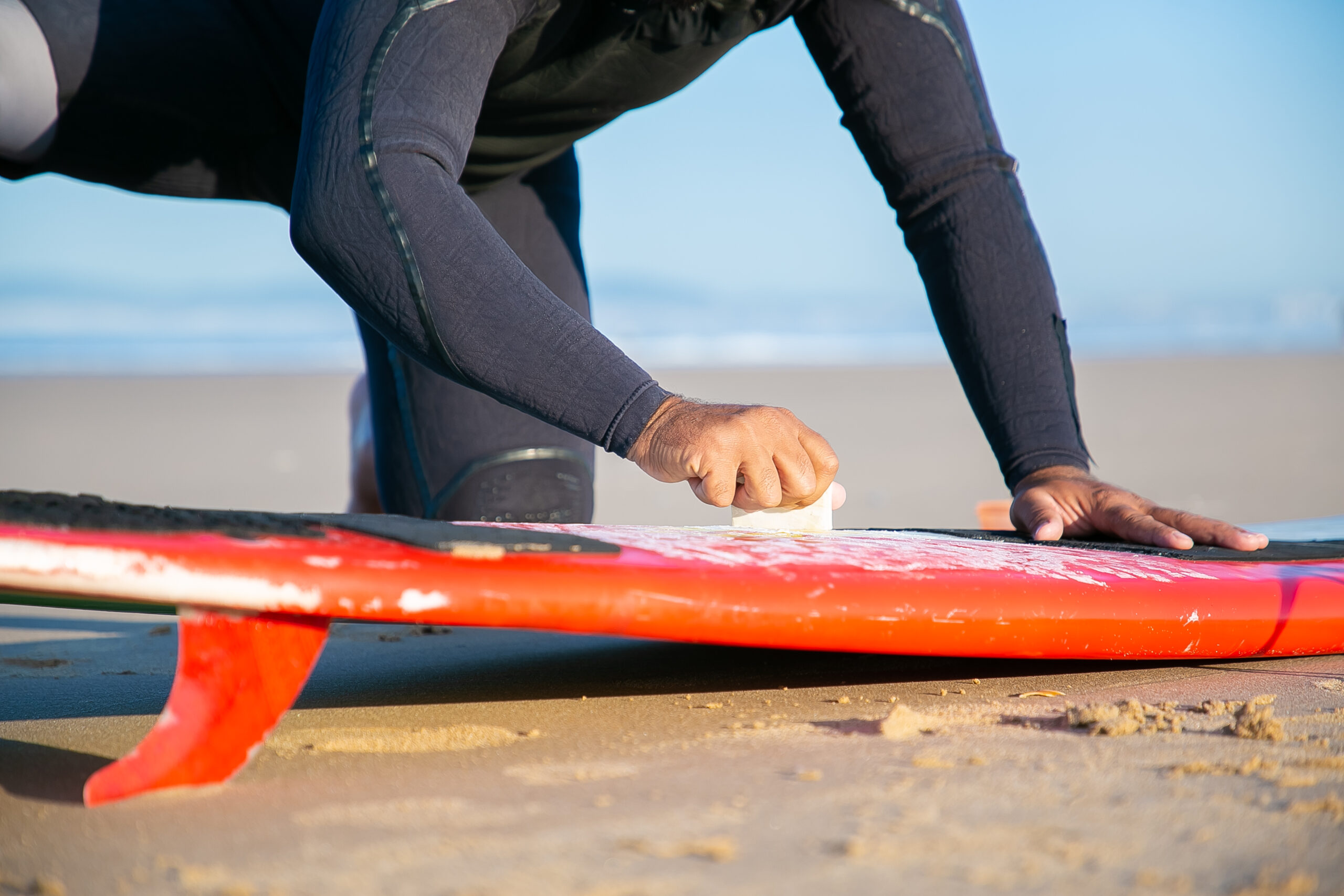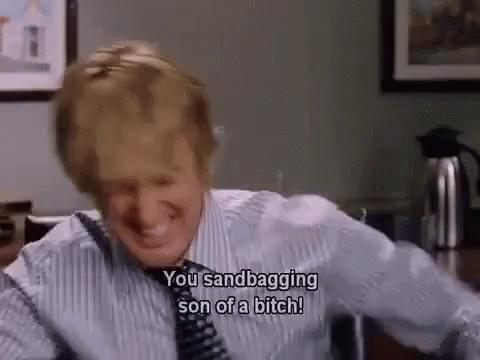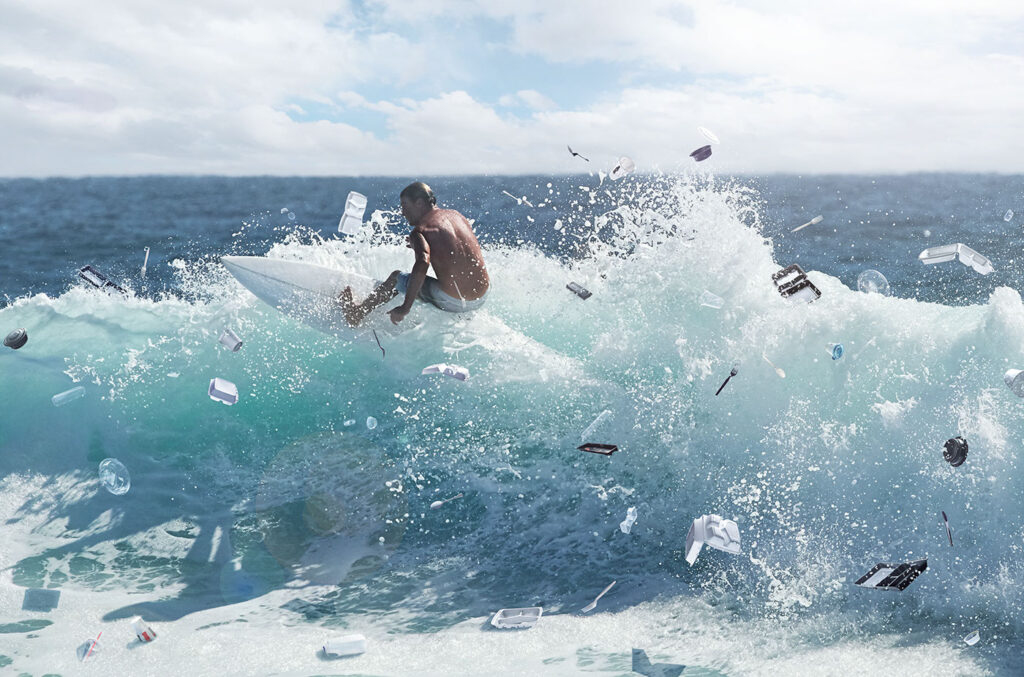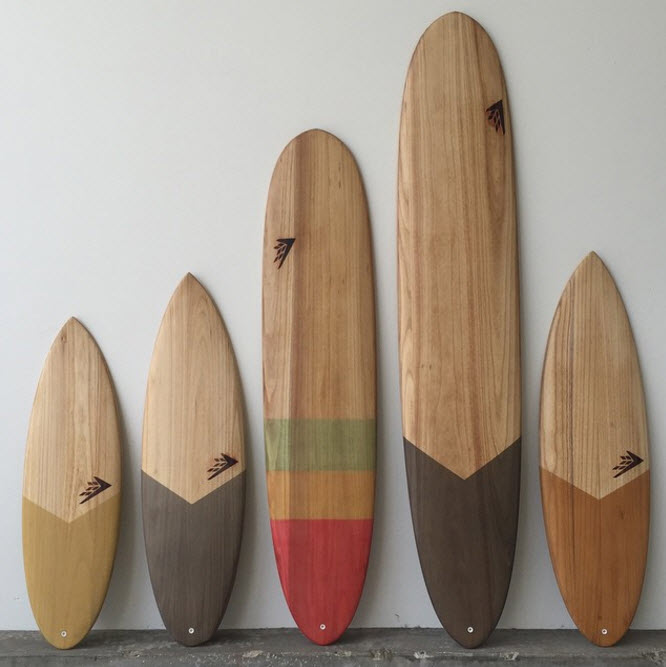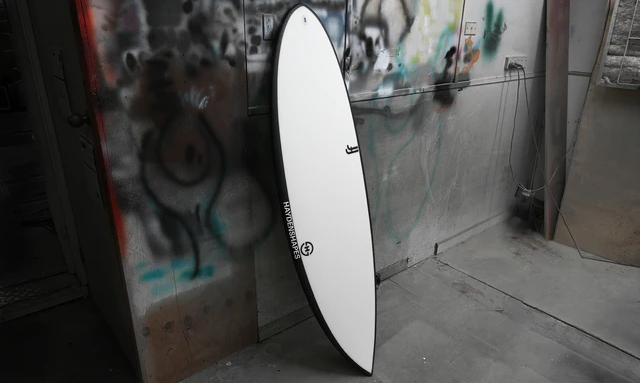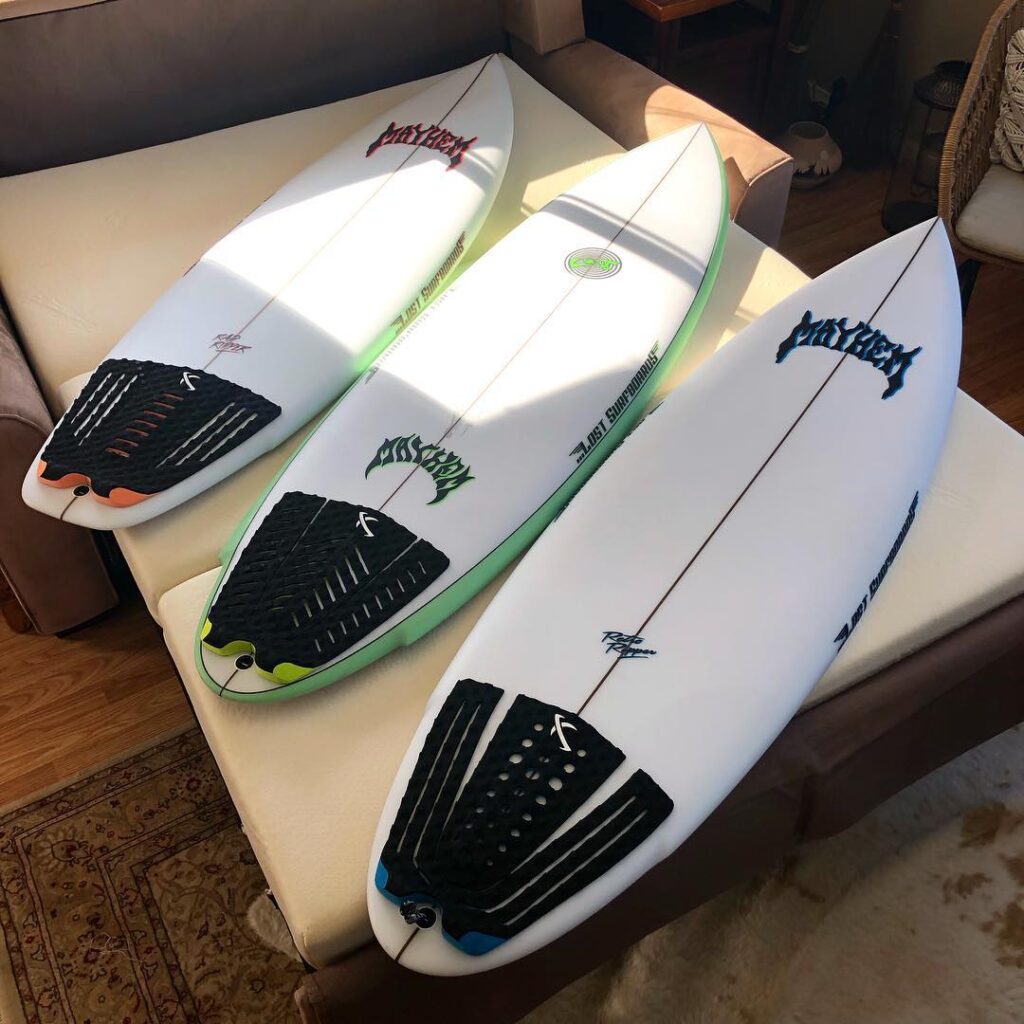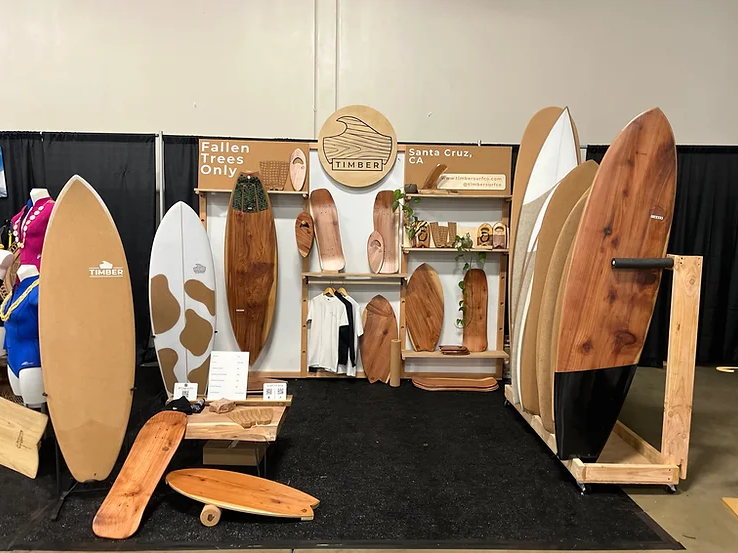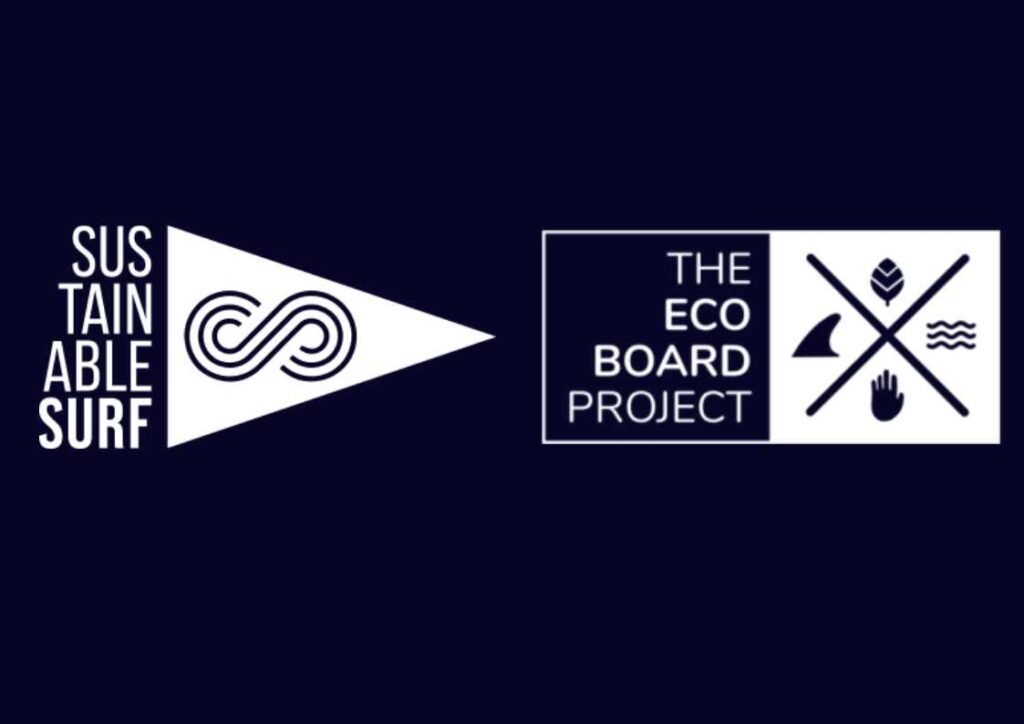I’m having a fun session with a few friends at our local beach break. The waves are the perfect size for a fun, playful session, and the sets are just big enough to make me a little nervous on the takeoffs. Exactly what I love!
A set wave comes right to me. Yea, it’s a nice one, the biggest we’ve seen all morning and peaking up perfectly. It’s the wave of the day.
Everyone sees I’m in perfect position for it and they start whistling. Even a stranger gets a little hyped and gives me a “Yhhheeeewww!”.
My mind starts racing… thinking about how nice of a wave it’s going to be. Thinking all eyes are on me. Thinking that it’s my turn to get some props from the boys! Thinking way too much!
What happens next?
There are 3 ways this can go:
Scenario 1: If I’m thinking to myself, “Everyone is watching, don’t fuck this one up!” I usually fuck it up; miss the wave, biff the takeoff, or make the drop but be too late to get down the line. What a waste of a wave!
Scenario 2: If I think, “Charge into this mother fucker, just focus on getting in. Just get in at all costs!” I usually catch the wave and make the drop, giving myself a good chance at making the next session. Not a hero, but still stoked, and certainly no kook!
Scenario 3: If I can focus, block everything out, and trust my muscle memory to do what I love doing the most… then I surf flawlessly. The props are earned, “damn that was sick!” “That was a noooiiicce one!” “Wave of the day!” And just a smile from the stranger is enough acknowledgment to let me know he’s jealous but still stoked for me.
The Introspection: On a solo surf trip in the middle of nowhere, like I am now, there’s no shortage of time. So after the forecasting is done, the podcasts are played, the book is finished, and my routine daydreams have played out… my mind wonders off to past sessions. I relive some of my favorite moments – surfing with my dad back home or the rare occasion when the core boys all paddle out together. And that sparks this recurring highlight of each session. It’s the wave of the day – where you’re either a hero for ripping it or a zero for biffing it.
So I ponder on this and wonder why it is that I have no problem shredding the wave of the day when I’m surfing alone, but blow it when all my friends are watching.
The Epiphany: In the first scenario, I’ve visualized my own demise. I thought about the things that could go awry. I focused on what could go wrong instead of paying attention to the things I needed to do right. I got in my own head. Instead, I need to find a way to block everything out and focus only on what is absolutely critical at that moment – catching the wave and making the drop. To make this possible in the excitement of the moment, I need a lock-down routine that’s easy to initiate.
Note To Self: How To Override Your Overthinking
The following is a note I wrote to myself, published here, raw, for your reading pleasure:
**Review this any time you find you’ve lost your focus and are eating it off the takeoff.**
Remember your mantra: “You have to charge into it, you have to charge into it, you have to charge into it…”
This mind trick comes from transcendental meditation. People have been using it for thousands of years. It works. Don’t second guess it.
If you start to think you’re too good for it, remember the benefits you’ve already reaped from this simple tactic (and the devastation you’ve experienced as a result of foregoing it):
Benefit 1: It helps you catch the wave. There’s nothing worse than having a great wave come your way and you don’t even catch it. Don’t be that guy!
This is especially true when the waves are overhead or bigger. You know how sketchy late takeoffs are when it’s sizable and let’s be honest with ourselves… You don’t exactly have a flawless track record. Take a second to consider the last time you thought you were in… and next thing you knew you were watching a perfect wave peel down the line from behind.
Benefit 2: Your mantra helps prevent chicken-dick syndrome.
(Note to reader: Definition: Chicken Dick – someone who is such a loser or kook that it’s safe to assume their dick is the same size as a chicken’s. Example: “Deryl pulled out the back when he could have easily gotten shacked on that section. What a chicken dick!”)
Listen dude, when you look over the edge and see that set wave start to throw, you can’t second guess yourself. I don’t even want to mention it here but to make my point clear to you I will. You can’t say to yourself, “Damn I don’t know if I can make that drop!”. Or, if you look down the line and you see that lip starting to curl you might think, “I can’t make that section!”. If that’s what’s in your head, you’re gonna end up pulling back, watching the wave peel away from behind… imagining how nice it would have been to be on it.
So remember this: It feels worse to watch that perfect wave peel away than it does to go for it, not make the drop, and get bounced off the bottom. At least in the latter case you get humbled by the sea, which isn’t pleasant but comes with it’s own benefits.
Also remember this: This is not a kamikaze approach to surfing. We’re talking about nice set waves that you know are makable. Bombing closeouts is a whole other game.
Also remember this: You have to go! This isn’t really a choice. We’re talking about the mutha-fucking wave of the day here! If for nothing else but entertainment for the rest of the crew in the water, you have to go.
Benefit 3: That extra paddle doh. (To be of most benefit in bigger surf and offshore winds.)
When that wave starts to lift you and you think you’re in, so you start to get up, only to find the wave rolling a few extra feet before breaking… Yep… That’s when you’re left looking like an idiot, halfway to your feet, as the wave rolls forward breaking without you. And you already know what happens next… You turnaround to find the next set wave bearing down on you. You’re just a couple paddles too far inside to make a clean duck dive. And you get mopped up!
So even when it feels like you’re starting to go vertical down the face of the wave, keep that mantra flowing and give it one extra paddle to securely launch into it. You gotta charge into it. Not slide in, or cruise in, or anything else. Charge it!
Don’t mess with the mantra
Final note on choice of wording here: You picked a phrase that includes the words ‘charge it’ for good reason. It kicks you into a mindset that this is a ‘big wave scenario’ even when it’s not. This gives you a little shot of adrenaline to give you that extra paddle boost and a little extra focus to get your feet set properly right off the bat. That’s quite a different physiological response than if you were thinking in fear, “Don’t fuck it up, don’t fuck this up, oh god please don’t fuck this up!”.
Remember your mantra: “You have to charge into it, you have to charge into it, you have to charge into it…”
The Weekly Stoke
Subscribe to get a little taste of stoke, delivered every Wednesday.
